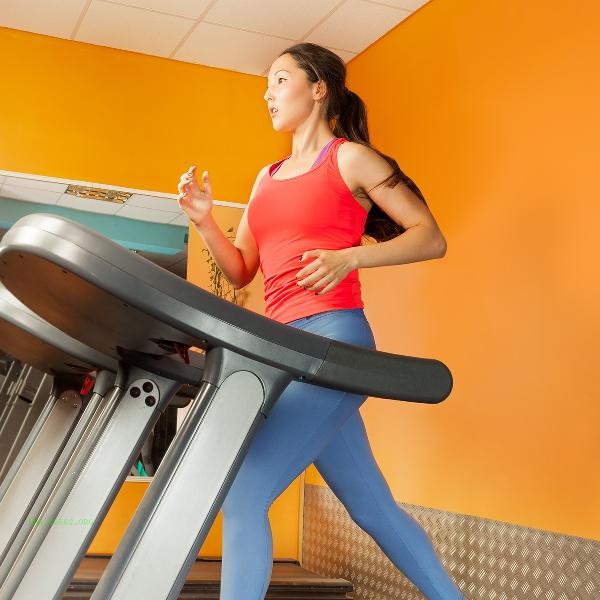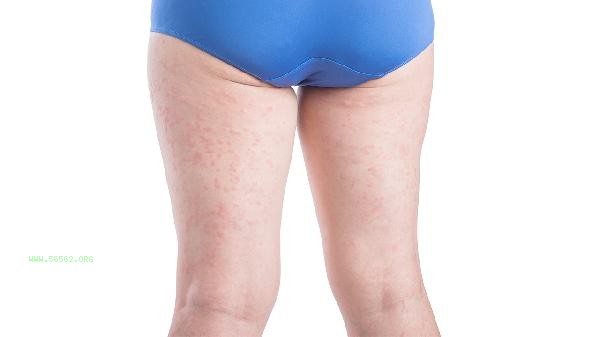Thigh and hip obesity can be reduced and shaped through a combination of aerobic exercise and strength training, with a focus on recommended exercises such as squats, hip bridges, and jogging.

1. Squatting Training
Squatting is a classic movement that stimulates the gluteal and leg muscles, effectively improving the metabolic rate of the lower limbs. The standard move is to squat with both feet shoulder width apart, bend your knees and make sure your thighs are parallel to the ground, with your knees not exceeding your toes. It is recommended to start with 3 groups per day, 15 times per group, and gradually increase the weight. This action can synchronously exercise the quadriceps, gluteus maximus, and core muscle groups, and has a significant effect on improving pear shaped body shape.
2. Hip Bridge Exercise
Hip Bridge is specifically designed for the problem of hip relaxation. After lying down and bending the knees, the body is lifted in a straight line by exerting force on the hips, and the peak contraction is maintained for 2 seconds. Training in 4 groups of 20 times per day can enhance the strength of the gluteus medius muscle, and combined with elastic bands can further improve the shaping effect. This action can also correct pelvic tilt and relieve back pressure caused by prolonged sitting.
3. Slow jogging to burn fat
Engage in 3-4 slow jogging sessions of 30 minutes or more per week, maintaining a heart rate in the range of 60% -70% of maximum heart rate. This type of low-intensity aerobic energy prioritizes mobilizing lower limb fat for energy supply, and when combined with post run stretching, can prevent muscle clumping. It is recommended to choose a plastic track or off-road running to reduce knee joint impact. For those who are overweight, they can start transitioning from brisk walking.

4. Side lying leg lift
The unilateral leg lift movement can isolate and train the gluteus medius and latissimus tensor muscles, improving the depression on both sides of the buttocks. Each group completes 20 leg lifts on one side, keeping the toes facing forward to avoid thigh compensation. This action has a significant effect on eliminating excess fat on the outer thigh and is suitable for combined training with flat support.
5. Stair climbing training
adopts a two-step climbing method, strengthening the gluteus maximus muscle through hip joint extension. Lasting for 15 minutes each time is equivalent to consuming 200 calories, which is more fuel-efficient than walking on flat ground. Pay attention to taking the elevator to protect your knees when going downstairs, and those with a large body weight should control their training frequency. In addition to targeted exercise, it is necessary to maintain a diet with a daily calorie deficit of 300-500 calories to ensure high-quality protein intake and maintain muscle mass. 10 minutes of dynamic stretching and foam axis relaxation before and after exercise can prevent sports injuries and improve muscle lines. It is recommended to record changes in circumference every week instead of simply focusing on weight, as a decrease in body fat percentage is the truly effective indicator of weight loss. Lack of sleep can hinder fat breakdown, so it is important to ensure at least 7 hours of high-quality sleep per day.







Comments (0)
Leave a Comment
No comments yet
Be the first to share your thoughts!